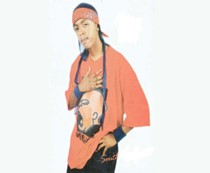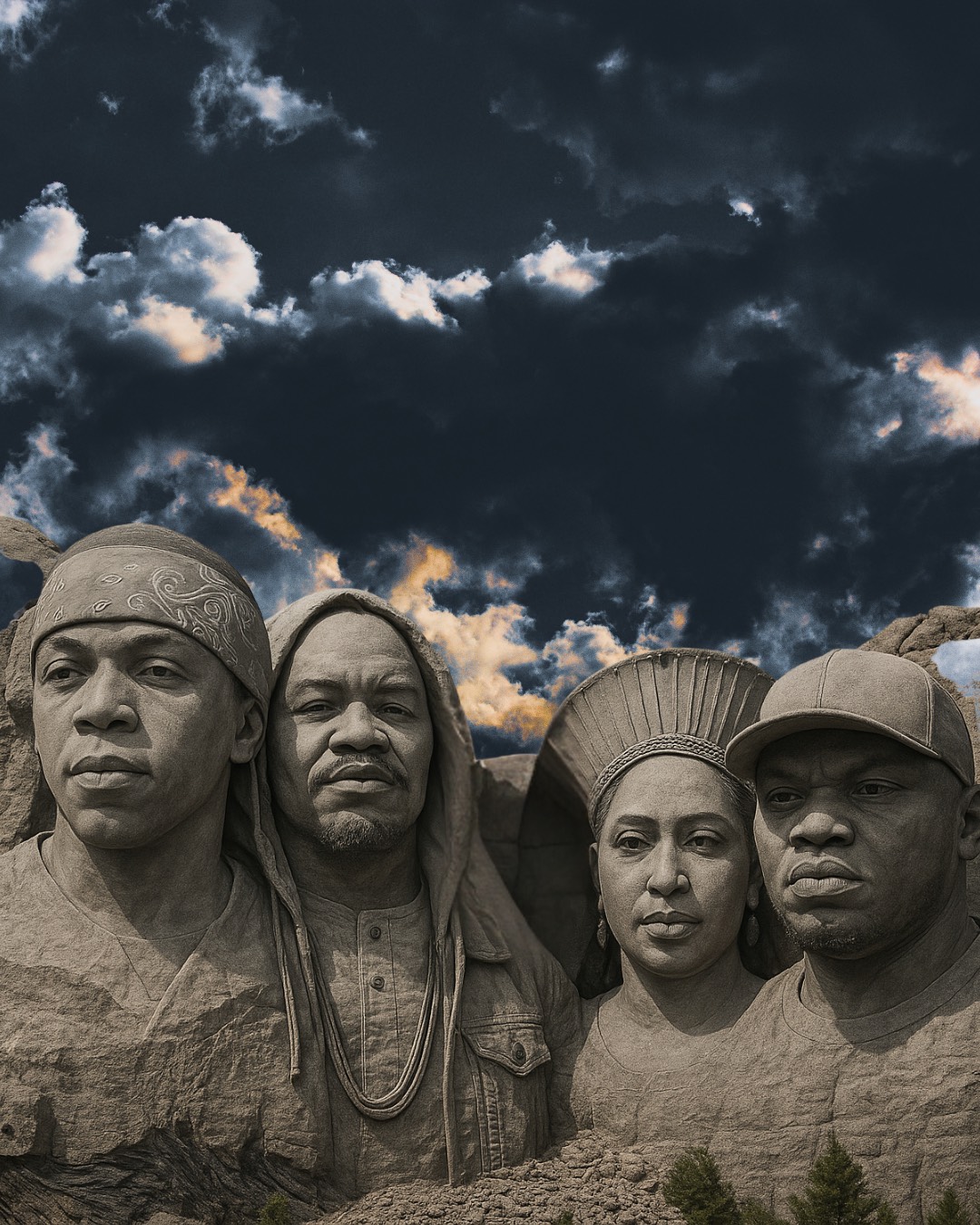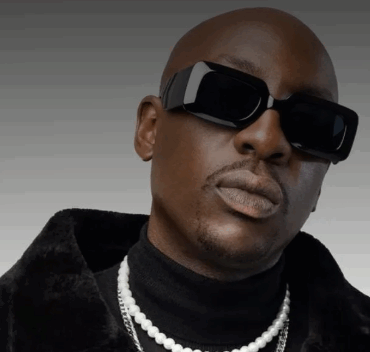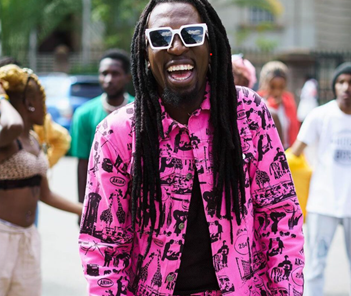Recently, An21 KE (@antweeeezy), a US-based Kenyan producer and hip-hop media previously a Coke Studio Africa protégé, with stints at Radio 254 and NRG Radio, sparked a vibrant discussion on X by posing the question: “Who is in the Kenyan Hip Hop Mt Rushmore?” This inquiry ignited a reflective conversation among Kenyan hip-hop enthusiasts, contemplating the genre’s most iconic figures.
The concept of a “Mount Rushmore” in pop culture symbolizes the four individuals who best represent the essence and evolution of a particular field. In the context of Kenyan hip-hop, this translates to artists who have significantly influenced the genre’s musicality and cultural impact.
While acknowledging the profound influence of hip-hop groups like Ukoo Flani Mau Mau and Kalamashaka, this analysis focuses solely on individual artists. The legacy of these groups remains integral to the fabric of Kenyan rap.
Criteria for Selection
To determine the artists worthy of inclusion on the Kenyan Hip Hop Mount Rushmore, the following criteria were considered:
- Hit Singles: Chart-topping tracks that have resonated with audiences.
- Critical Acclaim: Albums and projects that have received positive reviews from critics.
- Awards and Honors: Recognition from reputable award bodies.
- Cultural Impact: Influence on societal issues and the broader cultural zeitgeist.
- Recognition Beyond Hip-Hop Circles: Familiarity among the general public, including those outside the hip-hop community.
- Longevity: Sustained relevance and contribution to the genre over time.
- Mentorship: Guidance and inspiration provided to emerging artists.
Kenyan Hip-Hop’s Mount Rushmore: The Titans
- Khaligraph Jones
Known as “Papa Jones,” Khaligraph Jones has solidified his place in Kenyan hip-hop with his lyrical prowess and dynamic flow. His hit singles, such as “Mazishi” and “Yego,” showcase his versatility and command over the genre. Khaligraph’s albums have received critical acclaim, and he has been honored with numerous awards, including the Best Rap Act at the Soundcity MVP Awards. His influence extends beyond music, as he addresses societal issues in his lyrics and serves as a mentor to upcoming artists.

2. E-Sir
The late E-Sir, born Issah Mmari Wangui, remains a legendary figure in Kenyan hip-hop. His mastery of Swahili and captivating storytelling in tracks like “Boomba Train” and “Hamunitishi” left an indelible mark on the genre. Despite his untimely death in 2003, E-Sir’s music continues to inspire and influence new generations of artists. His legacy is a testament to the enduring power of authentic and heartfelt artistry.

3. Abbas Kubaff
As a founding member of the pioneering group K-South, Abbas Kubaff played a crucial role in shaping Kenyan hip-hop. His solo career further cemented his status, with hits like “Tokelezea” and albums such as “Angabanga” receiving widespread acclaim. Abbas’s contributions have not only advanced the genre musically but also culturally, as he continues to influence and mentor emerging talents.
4. Jua Cali
Paul Julius Nunda, popularly known as Jua Cali, is a trailblazer in the Genge subgenre of Kenyan hip-hop. His innovative fusion of hip-hop with local dialects and rhythms in songs like “Kwaheri” and “Ngeli ya Genge” has garnered both national and international recognition. Jua Cali’s commitment to promoting Kenyan culture through music has earned him numerous accolades and a lasting legacy in the industry.
5. Octopizzo
Octopizzo, born Henry Ohanga, emerged from Kibera to become a prominent figure in Kenyan hip-hop. His debut hit “Nini Mpis” and subsequent albums like “Refugeenius” and “Jungle Fever” have showcased his versatility and commitment to social issues. Octopizzo’s international recognition, including a personal invite to the Grammys, underscores his impact beyond Kenyan borders. However, some critics argue that his style leans more towards pop, questioning his place in the core hip-hop narrative.
6. Juliani
Juliani, formerly of Ukoo Flani Mau Mau, is renowned for his socially conscious lyrics and advocacy through music. His albums “Mtaa Mentality” and “Exponential Potential” address issues like poverty and governance, resonating with audiences seeking depth in hip-hop. Juliani’s work extends beyond music, as he actively engages in community development and mentorship programs. Detractors, however, sometimes view his music as overly preachy, potentially limiting its mainstream appeal.
7. Nyashinski
Nyashinski, a former member of Kleptomaniax, made a remarkable comeback with hits like “Now You Know” and “Malaika.” His blend of R&B and hip-hop, as seen in his EP “Good Old Days,” showcases his versatility and lyrical prowess. Nyashinski’s ability to resonate with both old and new audiences cements his place in Kenyan music. However, his decade-long hiatus raises questions about his consistency in the hip-hop scene.
8. Chris Kantai
Chris Kantai, known for his hit “Huu Ni Nani G,” was a pioneer in Kenyan hip-hop, blending English and Swahili in his lyrics. His early work laid the groundwork for future artists, and his influence is acknowledged by many in the industry. Kantai’s struggles with personal issues and a decline in musical output, however, have led some to view his legacy as unfulfilled potential.
- King Kaka
Kennedy Ombima, known as King Kaka or Rabbit, has been a formidable force in Kenyan hip-hop since 2006. His discography boasts albums like Tales of Kaka Sungura and Eastlando Royalty, featuring tracks such as “Adisia” and “Dundaing.” Beyond music, King Kaka has ventured into entrepreneurship with initiatives like Kaka Empire’s Majik Water and has contributed to the arts through productions like the Monkey Business series. While some critics argue that his commercial ventures may dilute his artistic focus, his multifaceted contributions to the industry are undeniable.

- Mejja
Major Nameye Khadija, popularly known as Mejja, is celebrated for his humorous and relatable storytelling. His breakout hit “Jana Kuliendaje” in 2008 set the tone for a career filled with songs that mirror everyday Kenyan life, including “Landlord” and “Tabia Za Wakenya”. As a member of The Kansoul, Mejja further cemented his place in the Genge genre. While some purists question the depth of his lyrical content, his ability to connect with a broad audience through humor and authenticity is noteworthy.
11. Nazizi
Nazizi Hirji, often referred to as the “First Lady of Kenyan Hip-Hop,” broke barriers as a female artist in a predominantly male industry. As a member of Necessary Noize, she delivered hits like “Kenyan Gal, Kenyan Boy” and “Bless My Room,” blending hip-hop with reggae and R&B. Her socially conscious lyrics and advocacy for youth issues have left a lasting legacy. While some may argue that her prominence was more significant in the early 2000s, her pioneering role remains influential.

12. Petra
Petra Bockle, known professionally as Petra, brings a dynamic presence to the Kenyan hip-hop scene. Her bilingual prowess in English and Swahili is evident in collaborations like “Rider” with Khaligraph Jones and “I Got That” featuring Victoria Kimani citeturn0search13. Petra’s bold artistic choices, such as the controversial “Rider” video, showcase her fearless approach to music. While her career has seen intermittent activity, her potential and talent are widely recognized.
Conclusion
The Kenyan hip-hop landscape is rich with artists who have each contributed uniquely to the genre’s evolution. From pioneers like King Kaka and Juliani to trailblazers like Nazizi and Petra, each artist’s legacy is etched into the fabric of Kenyan music history. While debates about the “Mount Rushmore” of Kenyan hip-hop will continue, the contributions of these artists are indisputable.








